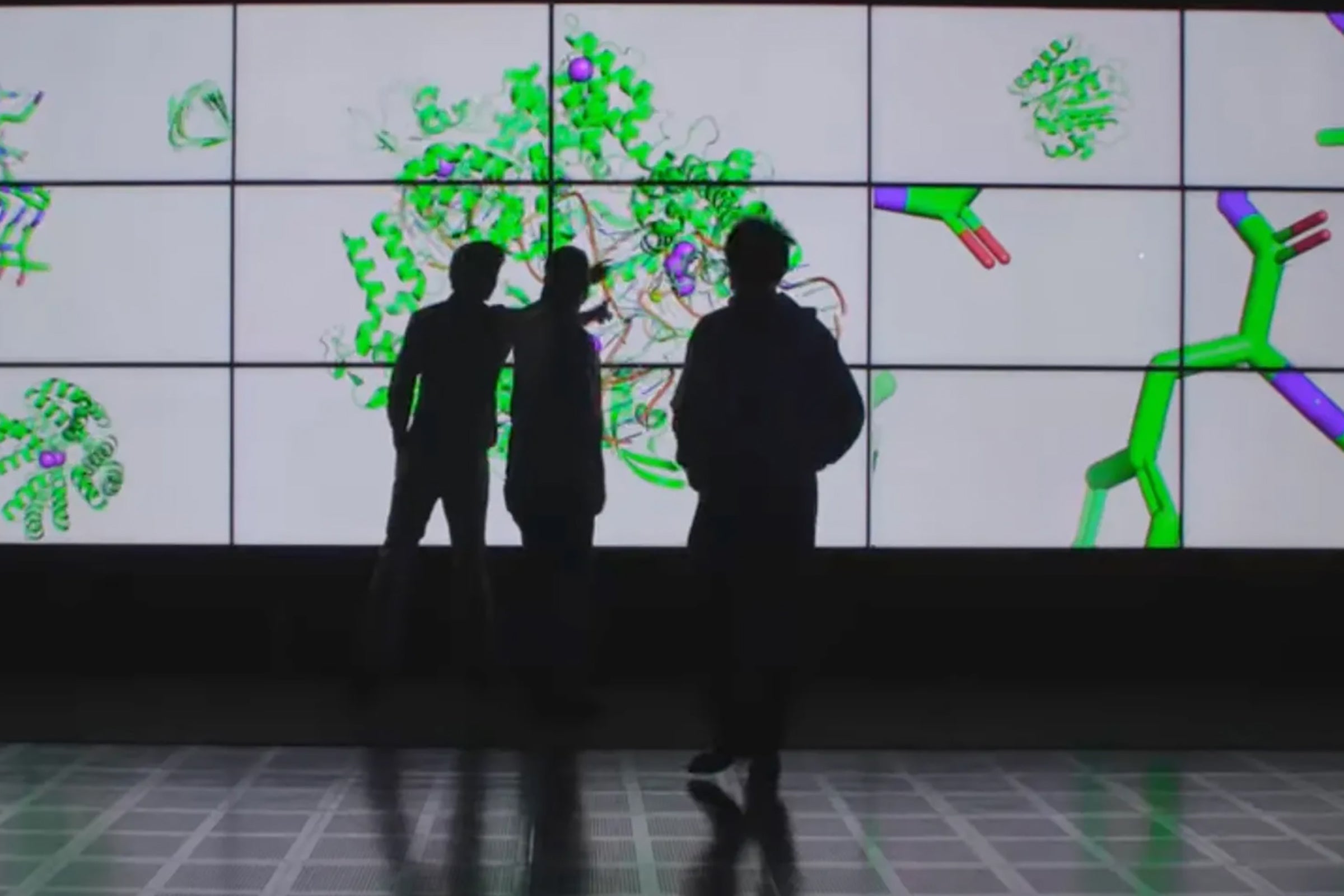Is it Time to Regulate AI?
Artificial intelligence is very loosely regulated in the U.S. What kinds of laws would help make AI safer and more useful for everyone?

Elements of the cover image for this episode were generated using Midjourney and Photoshop’s generative AI tools. Photo-Illustration: Martha Morales
Today on AI for the Rest of Us, we’re talking about AI and the law. What are the biggest risks of AI that are not currently regulated? Do the makers of AI chatbots like ChatGPT owe something to content creators whose material was scraped to train the models? What kinds of things could we do to make AI safer and more useful for everyone? And could too much regulation stifle innovation and US competitiveness?
Matthew Murrell is a lawyer and lecturer in The University of Texas School of Law who is teaching a new class on the Law of AI in fall 2024. According to Murrell, one of the biggest risks of AI that isn’t currently regulated is aggregation, the ability for companies to assemble copious amounts of data about a person to build a rich profile of their life, which could be misused by nefarious actors. He noted another top concern: automated decision-making tools that perpetuate discrimination against historically marginalized people. He said in many cases, AI doesn’t present entirely new legal questions, just new twists on old questions. And he predicts that in the near term, most new regulations will likely be amendments to existing laws.
Dig Deeper
The Times Sues OpenAI and Microsoft Over A.I. Use of Copyrighted Work, New York Times (Dec. 2023)
California Legislature Approves Bill Proposing Sweeping A.I. Restrictions, New York Times (Aug. 2024) (Governor Newsom will have until Sept. 30 to consider whether to sign the bill into law)
Microsoft calls for new laws on deepfake fraud, AI sexual abuse images, Washington Post (July 2024)
Episode Credits
Our co-hosts are Marc Airhart, science writer and podcaster in the College of Natural Sciences and Casey Boyle, associate professor of rhetoric and director of UT’s Digital Writing & Research Lab.
Executive producers are Christine Sinatra and Dan Oppenheimer.
Sound design and audio editing by Robert Scaramuccia. Theme music is by Aiolos Rue. Interviews are recorded at the Liberal Arts ITS recording studio.
Elements of the cover image for this episode were generated using Midjourney and Photoshop’s generative AI tools.
About AI for the Rest of Us
AI for the Rest of Us is a joint production of The University of Texas at Austin’s College of Natural Sciences and College of Liberal Arts. This podcast is part of the University’s Year of AI initiative. The opinions expressed in this podcast represent the views of the hosts and guests, and not of The University of Texas at Austin. Listen via Apple Podcasts, Spotify, Amazon Podcasts, RSS, or anywhere you get your podcasts. You can also listen on the web at aifortherest.net. Have questions or comments? Contact: mairhart[AT]austin.utexas.edu



